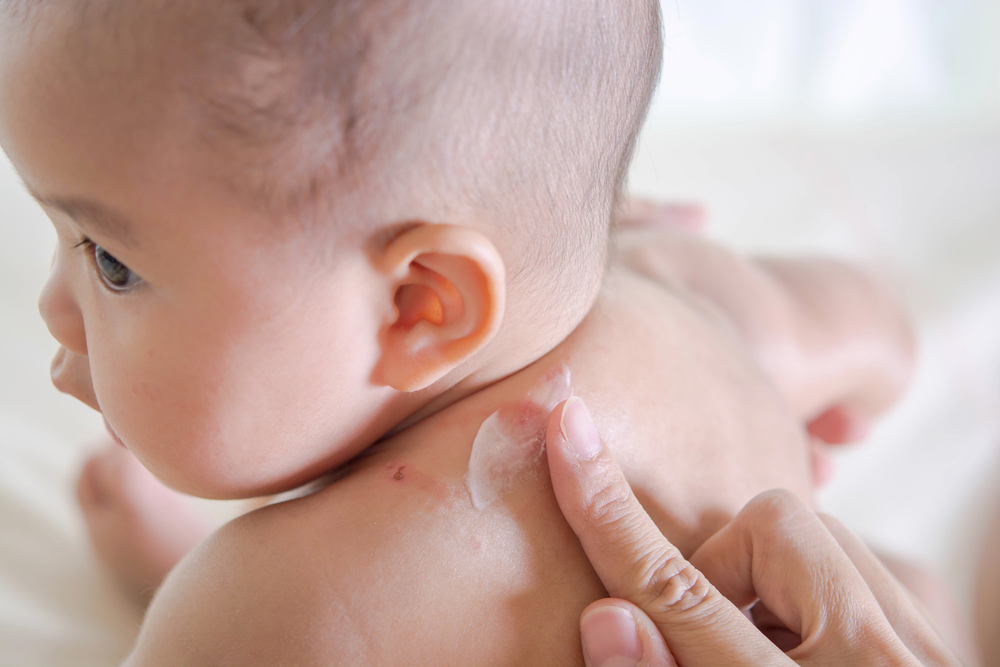Every year, thousands of people enter hospital emergency rooms because of insect stings that cause dangerous allergic reactions. It has been estimated that this happens in 0.4% – 0.8% of children and 3% of adults and the insect sting anaphylaxis can cause at least 90– 100 deaths per year.
Insects such as wasps, honeybees, yellow jackets, fire ants, hornets and bumble bees, have venoms that cause allergic reactions to people.
The venom causes only itching, redness, mild pain and swelling at the site of the bite in people who are not allergic and even those who are allergic to the venom usually have only mild symptoms. People with allergy may have an anaphylactic reaction, a more serious reaction.


